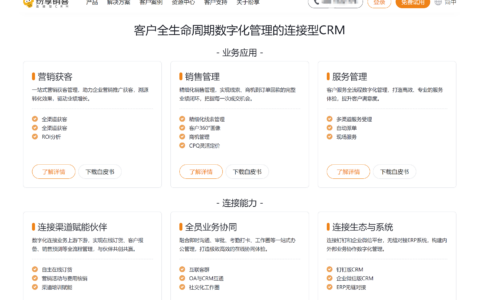
项目管理在全球范围内已经成为一种重要的工作方式。这个领域的专业术语主要包括项目、项目管理、项目组织、项目经理、项目生命周期、项目范围、项目时间管理、项目成本管理、项目质量管理、项目人力资源管理、项目沟通管理、项目风险管理和项目采购管理等。每一个术语都有其具体的含义和应用。
例如,项目经理(Project Manager)是负责某个项目的主要负责人,他或她需要对项目的整体进行管理和控制,包括项目的范围、时间、成本、质量、人力资源、沟通、风险和采购等各个方面。项目经理需要具备广泛的知识和技能,包括领导力、沟通技巧、解决问题的能力、决策能力、风险管理能力、谈判技巧、对项目管理方法和工具的熟练掌握等。
一、项目管理的基本术语
项目(Project):是为了创造独特的产品、服务或结果而进行的临时性工作。项目有明确的开始和结束时间,以及明确的目标和要求。
项目管理(Project Management):是应用知识、技能、工具和技术,来管理项目的各个活动,以实现项目的需求和期望。
项目组织(Project Organization):是为了实现项目目标而设立的临时性组织结构,它包括项目经理和项目团队成员。
项目经理(Project Manager):是负责管理项目的主要负责人,负责项目的整体管理和控制。
二、项目管理的核心内容
项目生命周期(Project Lifecycle):描述了一个项目从开始到结束的过程,通常包括启动、规划、执行、监控和控制、以及关闭等阶段。
项目范围(Project Scope):描述了项目的具体目标,以及为了实现这些目标需要完成的工作。
项目时间管理(Project Time Management):是对项目的所有活动的时间进行规划、安排和控制。
项目成本管理(Project Cost Management):是对项目的所有资源和活动的成本进行预测、估计、预算、资金筹集、管理和控制。
三、项目管理的关键因素
项目质量管理(Project Quality Management):是确保项目的所有活动都能达到预定的质量标准。
项目人力资源管理(Project Human Resource Management):是对项目团队的人力资源进行规划、组织、领导和控制。
项目沟通管理(Project Communication Management):是确保项目的所有信息都能准确、及时、有效地在项目团队和其他相关方之间进行交流。
项目风险管理(Project Risk Management):是对项目可能出现的风险进行识别、评估和控制。
项目采购管理(Project Procurement Management):是对项目所需的所有物资和服务的采购进行规划、执行和控制。
这些专业术语不仅是项目管理领域的基础知识,也是每一个项目经理必备的技能。通过了解和掌握这些术语,可以帮助项目经理更好地理解项目管理的核心内容,更有效地进行项目管理工作。
相关问答FAQs:
What are some common English terms used in project management?
Project management involves the use of various specialized terms and phrases. Here are some commonly used English terms in project management:
-
Scope: Refers to the specific objectives, deliverables, and boundaries of a project. It defines what is included and excluded from the project.
-
Milestone: Represents a significant event or achievement in a project. It marks the completion of a major phase or the accomplishment of an important goal.
-
Stakeholder: Refers to individuals, groups, or organizations that have an interest or influence in the project. Stakeholders can include clients, project team members, management, and other relevant parties.
-
Risk management: Involves identifying, assessing, and mitigating potential risks that could impact the project's success. It includes developing strategies to minimize or eliminate risks.
-
Critical path: Represents the sequence of activities that must be completed in order to ensure the project is completed on time. It identifies the longest path of activities and helps in determining the project's timeline.
-
Resource allocation: Involves assigning and distributing resources such as manpower, equipment, and budget to different project activities. It ensures that resources are utilized effectively and efficiently.
-
Gantt chart: A visual representation of the project schedule, showing the start and end dates of project activities. It helps in planning, tracking, and communicating project progress.
-
Quality control: Involves monitoring and evaluating project deliverables to ensure they meet the defined quality standards. It includes conducting inspections, tests, and reviews to identify and rectify any quality issues.
-
Change management: Refers to the process of managing changes to the project scope, schedule, or budget. It involves assessing the impact of changes, obtaining necessary approvals, and implementing the changes effectively.
-
Communication plan: A document that outlines the communication strategy for the project. It specifies the stakeholders, communication channels, frequency, and methods to ensure effective communication throughout the project.
These are just a few examples of the many English terms used in project management. Familiarity with these terms is essential for effective communication and understanding in the field of project management.
文章标题:项目管理英文专业术语有哪些,发布者:worktile,转载请注明出处:https://worktile.com/kb/p/3070978

 微信扫一扫
微信扫一扫  支付宝扫一扫
支付宝扫一扫 



